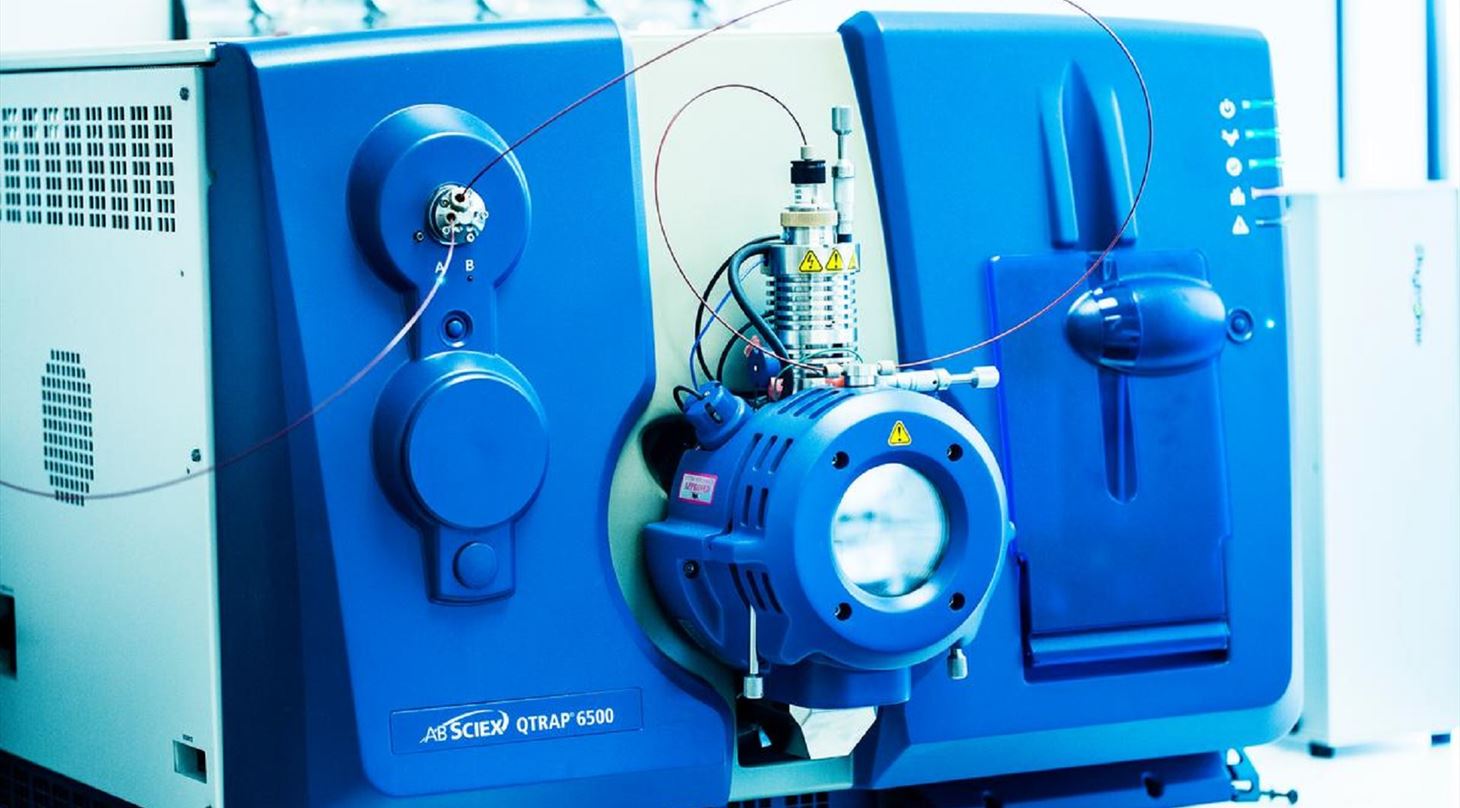
Chemical analyses of boar taint
Boar taint is a distinct and offensive flavour and odour, which may develop in uncastrated male pigs.
The tainted flavour is released during cooking and is primarily caused by the two compounds, skatole and androstenone. The compounds tend to concentrate in the fat of the pig, and so, the chemical analyses of the compounds are typically conducted on a fat sample.
Watch our video from the webinar on Boar taint detection methods - September 2023
 About us
About us
The chemical laboratory has been pioneering the development and implementation of chemical methods of boar taint detection with the analysis of skatole based on liquid chromatography (HPLC) in the 90´s and latest in the later 10’s, the simultaneous analysis of skatole and androstenone based on mass spectrometry (LDTD-MS/MS).
The analysis of samples using LDTD-MS-MS is now offered on commercial terms.
The chemical laboratory performs analyses in accordance with ISO 17025 and the method for simultaneous quantification of skatole and androstenone is carried out under a DANAK accreditation.
Additional information:

Borggaard, C., Birkler, R., Meinert, L., Støier, S. (2017) ICoMST . At-line rapid instrumental method for measuring the boar taint...

Lund, B., Borggaard, C., Birkler, R., Jensen, K., Støier, S. (2021) Food Chemistry vol 9, 100113. High throughput method for quantifying androstenone and skatole in adipose tissue from uncastrated male pigs by laser diode thermal desorption-tandem mass spectrometry.